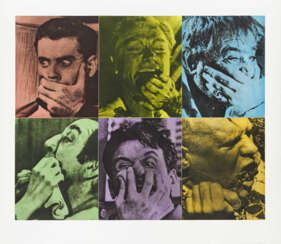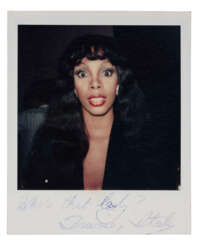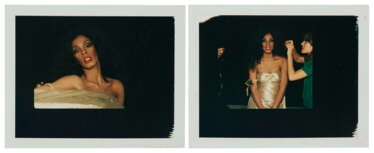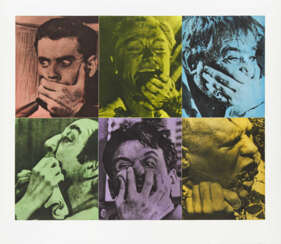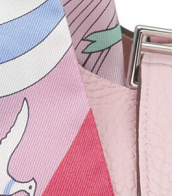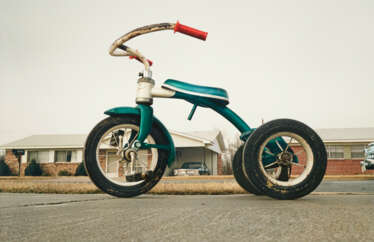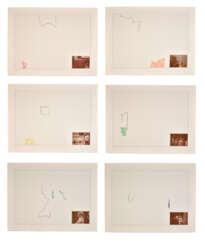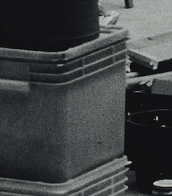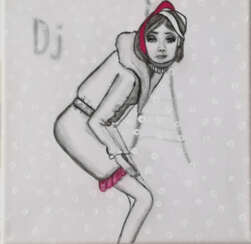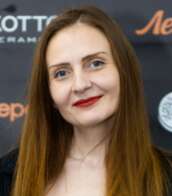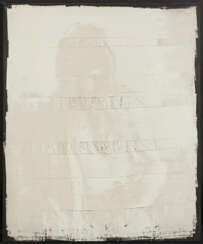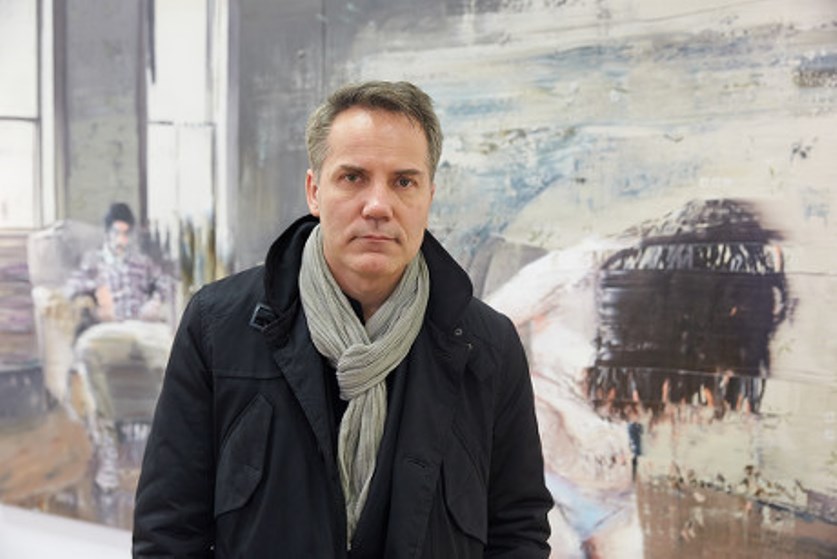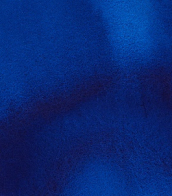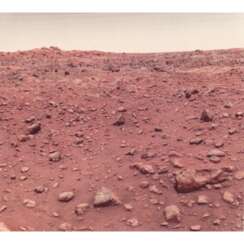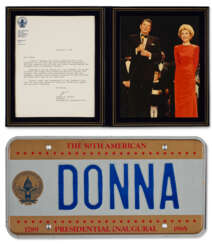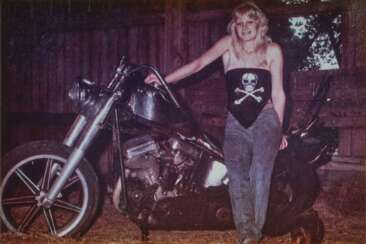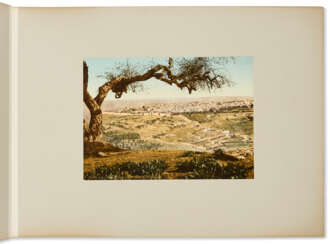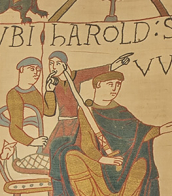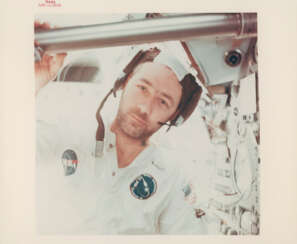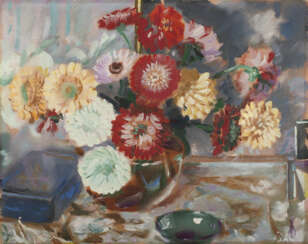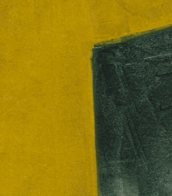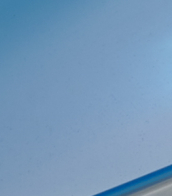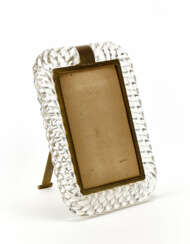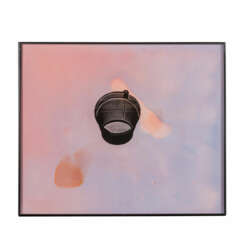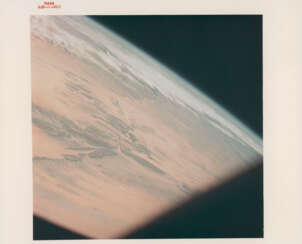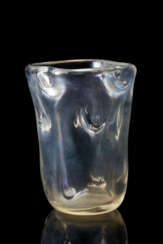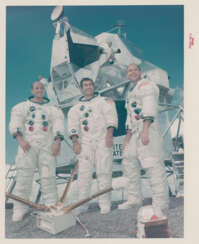color photo



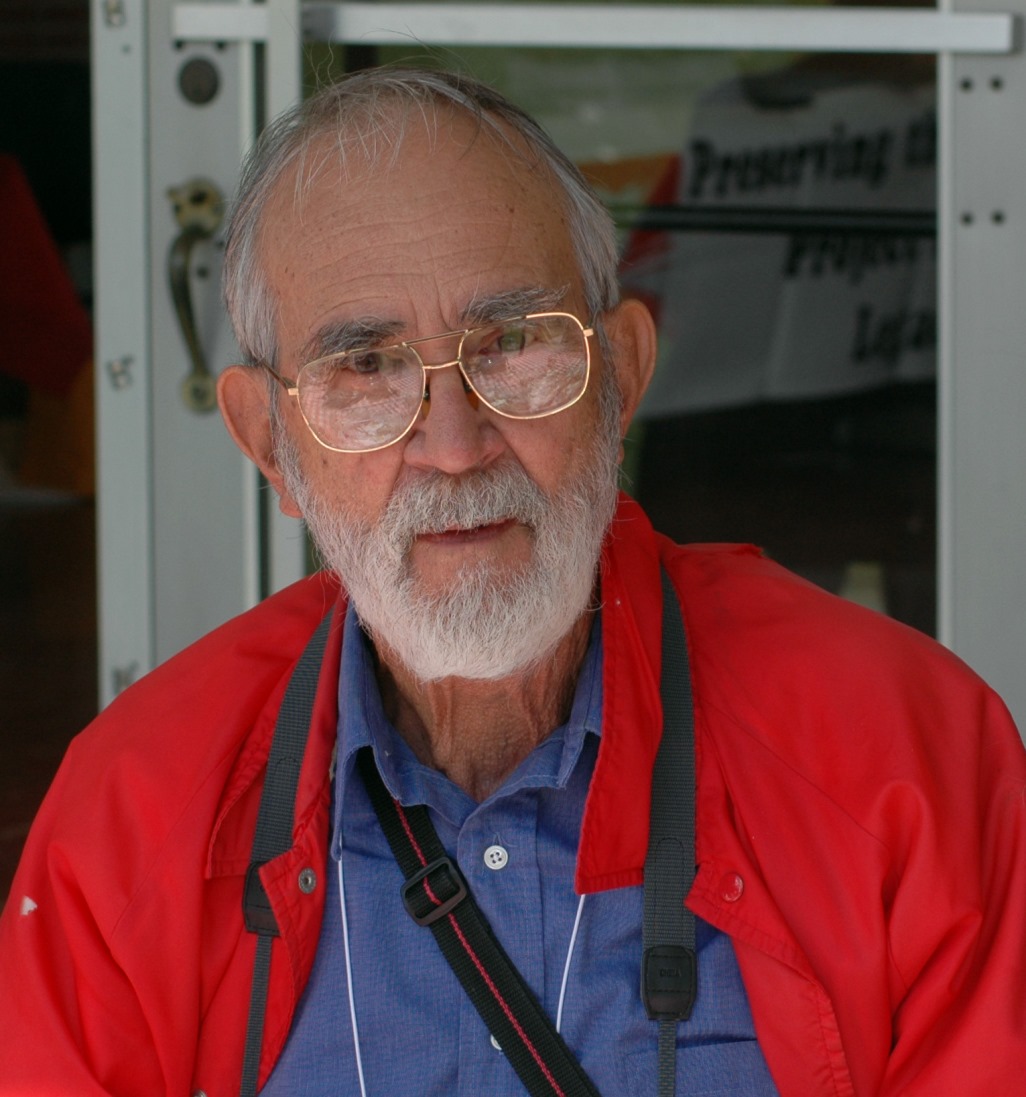
Jack W. Aeby is an American environmental physicist and photographer.
Aeby attended the University of Nebraska and was one of the first civilian employees of the Manhattan Project beginning in 1942. He worked on the project in many areas, starting with human transportation, then he was assigned as the chemical warehouse superintendent.
On July 16, 1945, while at base camp with all the official photographic equipment, Aeby took the only well-exposed color photograph of the first detonation of a nuclear weapon at the Trinity Nuclear Test Site in New Mexico, for which he became famous. The rest of the film was destroyed by the explosion. At the time of the photograph, Aeby was a civilian working in the health physics group with Emilio Segre.
Jack Aeby continued to work at Los Alamos during the Crossroads tests and eventually witnessed nearly 100 nuclear explosions. He then returned to work at Los Alamos National Laboratory in the Department of Health Physics.


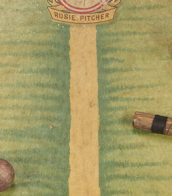







































































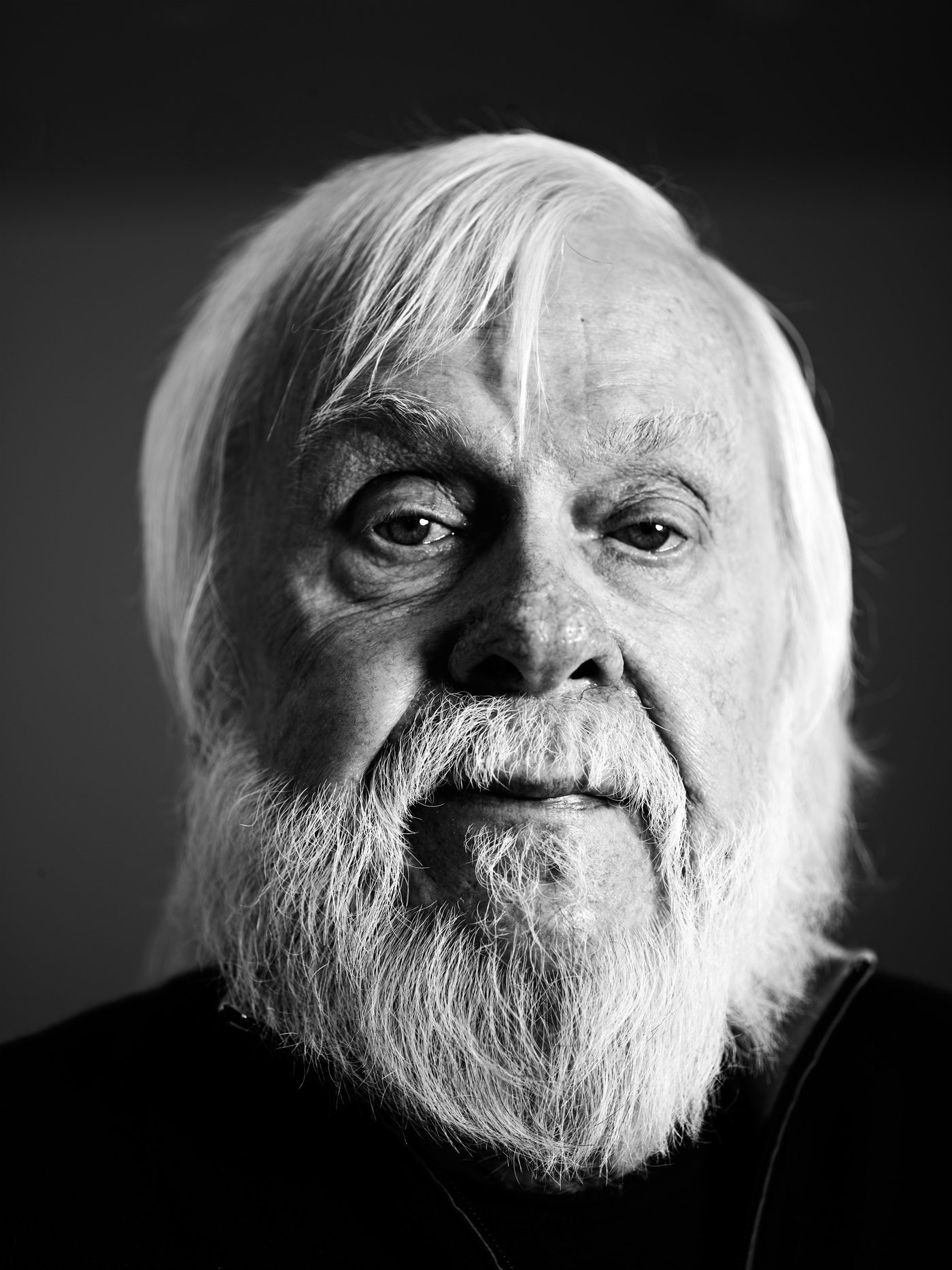
John Baldessari was an American conceptual artist known for his work featuring found photography and appropriated images. He lived and worked in Santa Monica and Venice, California.
Initially a painter, Baldessari began to incorporate texts and photography into his canvases in the mid-1960s. In 1970 he began working in printmaking, film, video, installation, sculpture and photography. He created thousands of works which demonstrate — and, in many cases, combine — the narrative potential of images and the associative power of language within the boundaries of the work of art. His art has been featured in more than 200 solo exhibitions in the U.S. and Europe. His work influenced that of Cindy Sherman, David Salle, Annette Lemieux, and Barbara Kruger among others.
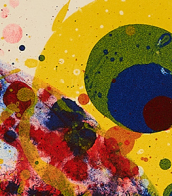


John Baldessari was an American conceptual artist known for his work featuring found photography and appropriated images. He lived and worked in Santa Monica and Venice, California.
Initially a painter, Baldessari began to incorporate texts and photography into his canvases in the mid-1960s. In 1970 he began working in printmaking, film, video, installation, sculpture and photography. He created thousands of works which demonstrate — and, in many cases, combine — the narrative potential of images and the associative power of language within the boundaries of the work of art. His art has been featured in more than 200 solo exhibitions in the U.S. and Europe. His work influenced that of Cindy Sherman, David Salle, Annette Lemieux, and Barbara Kruger among others.
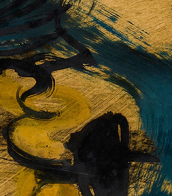

William Eggleston is an American photographer. He is widely credited with increasing recognition for color photography as a legitimate artistic medium. Eggleston's books include William Eggleston's Guide (1976) and The Democratic Forest (1989).
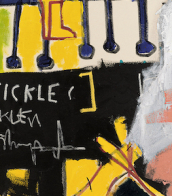

John Baldessari was an American conceptual artist known for his work featuring found photography and appropriated images. He lived and worked in Santa Monica and Venice, California.
Initially a painter, Baldessari began to incorporate texts and photography into his canvases in the mid-1960s. In 1970 he began working in printmaking, film, video, installation, sculpture and photography. He created thousands of works which demonstrate — and, in many cases, combine — the narrative potential of images and the associative power of language within the boundaries of the work of art. His art has been featured in more than 200 solo exhibitions in the U.S. and Europe. His work influenced that of Cindy Sherman, David Salle, Annette Lemieux, and Barbara Kruger among others.
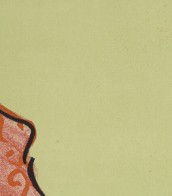
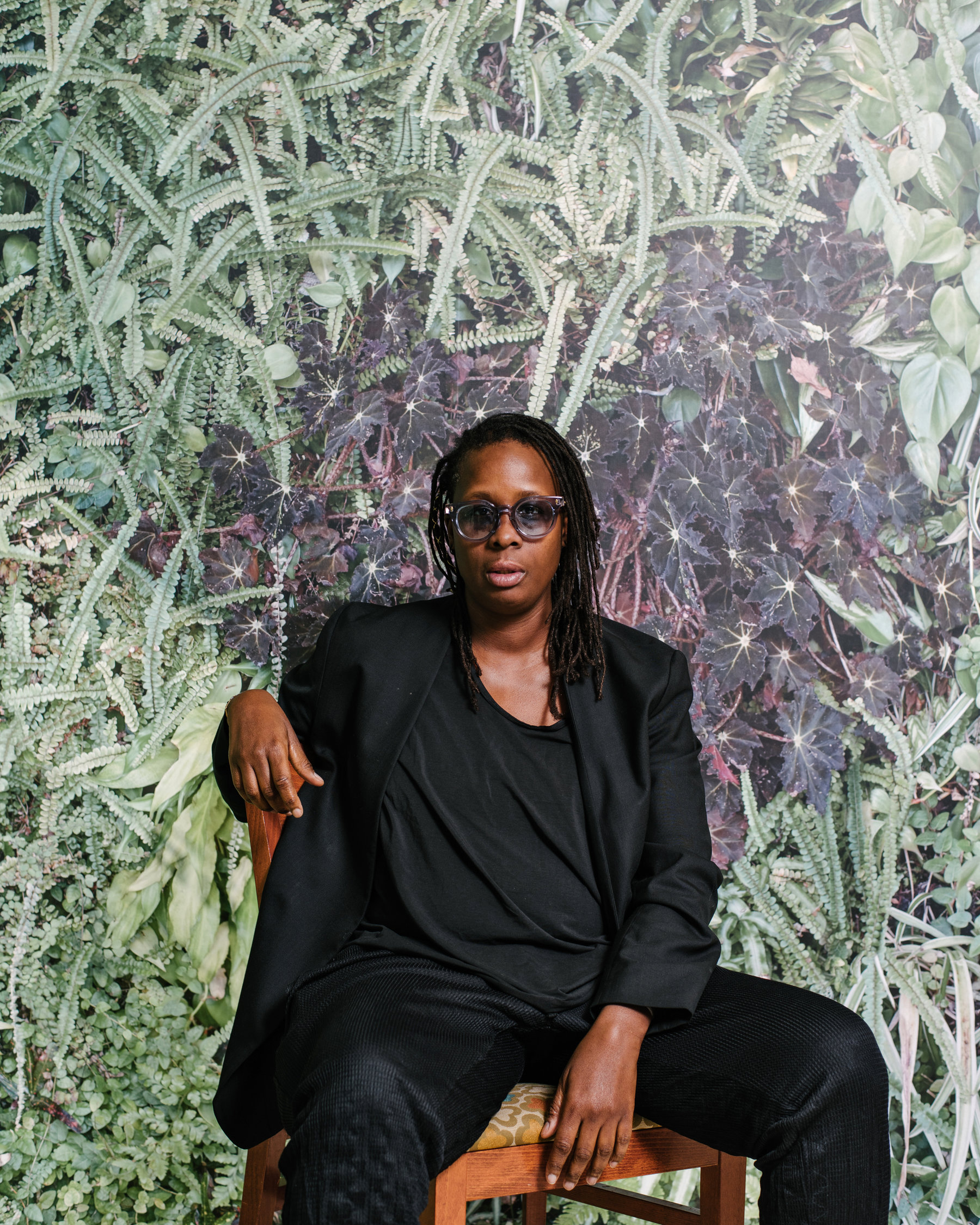
Mickalene Thomas is a contemporary African-American visual artist best known as a painter of complex works using rhinestones, acrylic, and enamel. Thomas's collage work is inspired from popular art histories and movements, including Impressionism, Cubism, Dada and the Harlem Renaissance. Her work draws from Western art history, pop art and visual culture to examine ideas around femininity, beauty, race, sexuality, and gender.
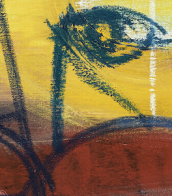
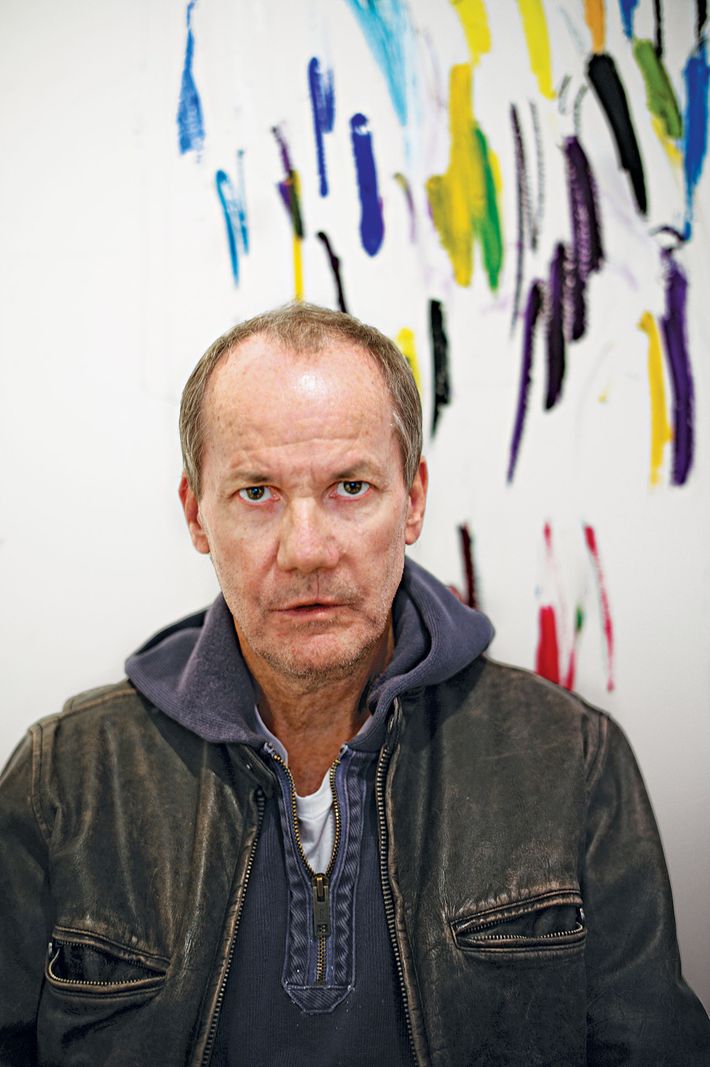
Richard Prince is an American painter and photographer. In the mid-1970s, Prince made drawings and painterly collages that he has since disowned. His image, Untitled (Cowboy), a rephotographing of a photograph by Sam Abell and appropriated from a cigarette advertisement, was the first rephotograph to be sold for more than $1 million at auction at Christie's New York in 2005. He is regarded as "one of the most revered artists of his generation" according to The New York Times.
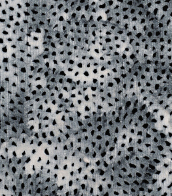

Richard Prince is an American painter and photographer. In the mid-1970s, Prince made drawings and painterly collages that he has since disowned. His image, Untitled (Cowboy), a rephotographing of a photograph by Sam Abell and appropriated from a cigarette advertisement, was the first rephotograph to be sold for more than $1 million at auction at Christie's New York in 2005. He is regarded as "one of the most revered artists of his generation" according to The New York Times.
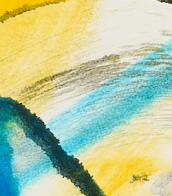

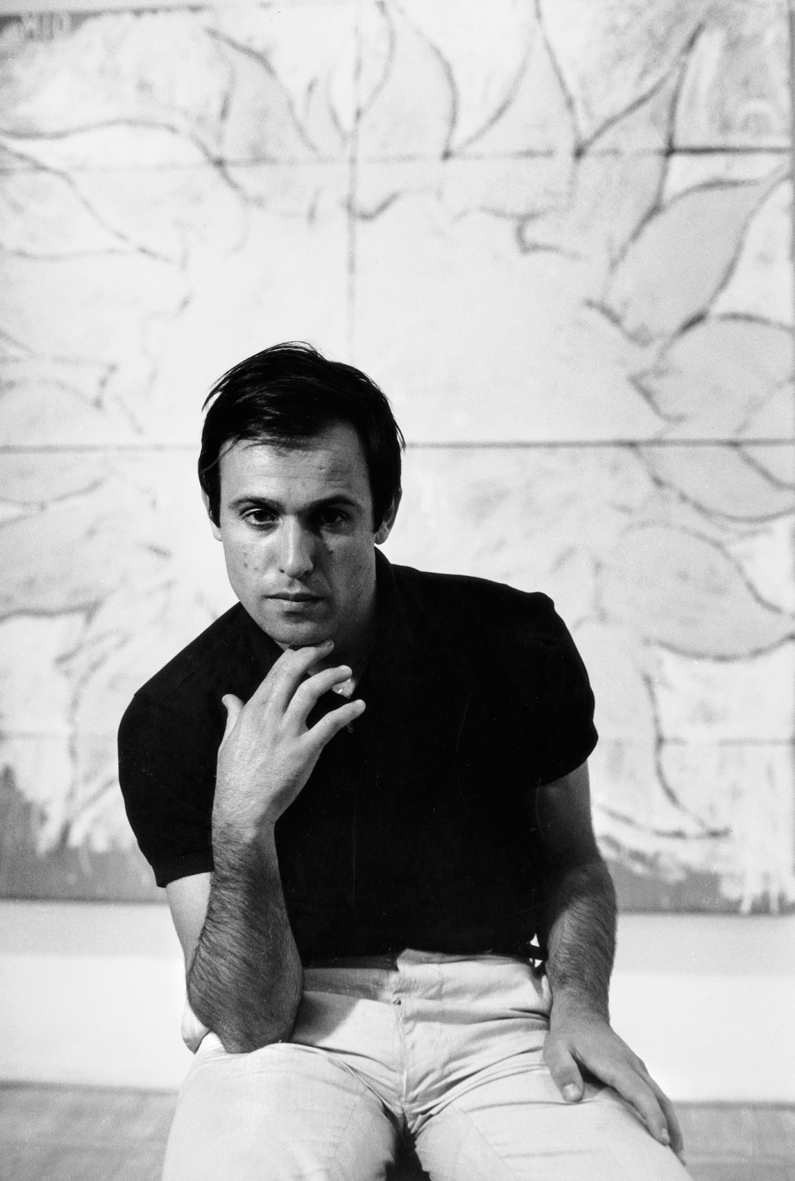
Mario Schifano was an Italian painter and collagist of the Postmodern tradition. He also achieved some renown as a film-maker and rock musician.
He is considered to be one of the most significant and pre-eminent artists of Italian postmodernism.
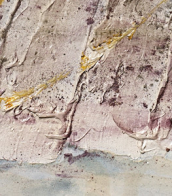
 Джакомо Балла. Картина Автопортрет, 1902.jpg)
Giacomo Balla was a great painter of the 20th century, representative of the first wave of Italian futurism, one of the most influential masters of the last century.
Giacomo Balla's work is an attempt to convey dynamics, to capture the very essence of movement. His paintings are lyrical, full of light and rhythm.
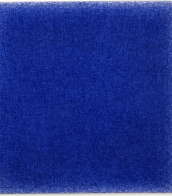
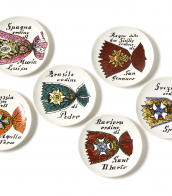
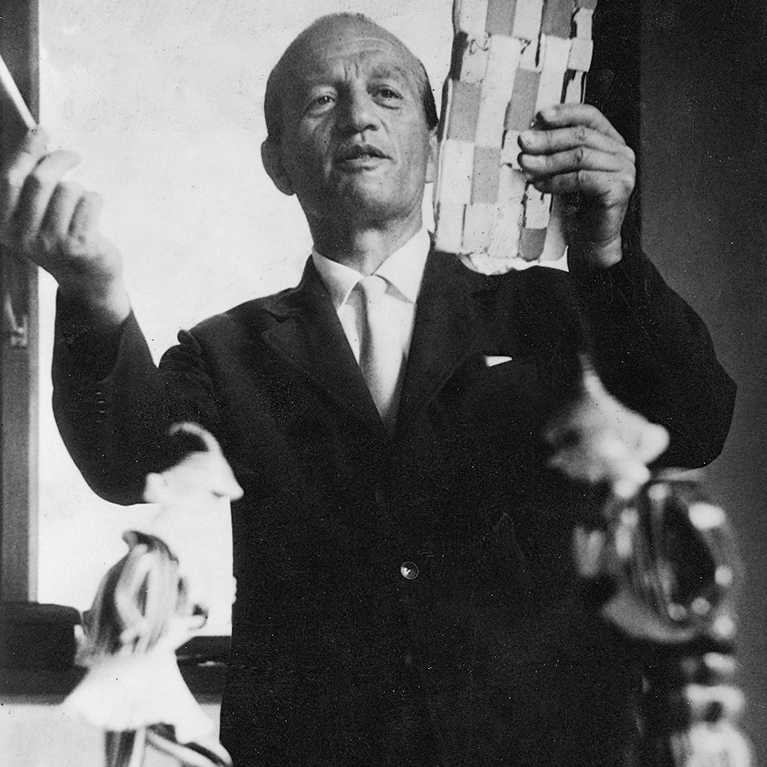
Paolo Venini emerged as one of the leading figures in the production of Murano glass and an important contributor to twentieth century Italian design. He is known for having founded the eponymous Venini & C. glassworks.


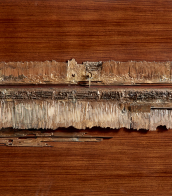


John Baldessari was an American conceptual artist known for his work featuring found photography and appropriated images. He lived and worked in Santa Monica and Venice, California.
Initially a painter, Baldessari began to incorporate texts and photography into his canvases in the mid-1960s. In 1970 he began working in printmaking, film, video, installation, sculpture and photography. He created thousands of works which demonstrate — and, in many cases, combine — the narrative potential of images and the associative power of language within the boundaries of the work of art. His art has been featured in more than 200 solo exhibitions in the U.S. and Europe. His work influenced that of Cindy Sherman, David Salle, Annette Lemieux, and Barbara Kruger among others.

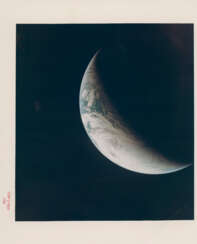

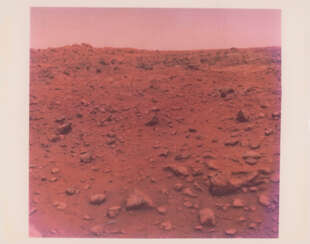

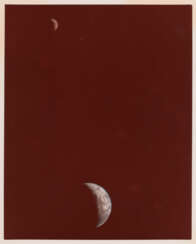

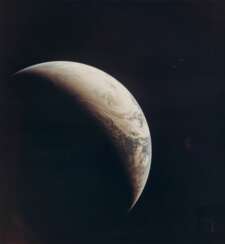

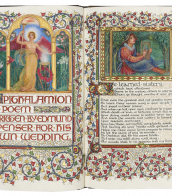
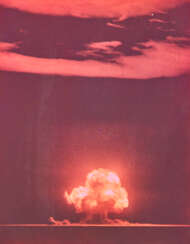

![Infrared color photographs of Earth from space [Large Formats]: Matagorda, Galveston Bay and Houston; Mississippi River, March 3-13, 1969](/assets/image/picture_1219422/d22e4/12daf3ad2f7aa3e91bbe3275dd95e8921604656800jpg__fix_374_244.jpeg)
![Infrared color photographs of Earth from space [Large Formats]: Matagorda, Galveston Bay and Houston; Mississippi River, March 3-13, 1969](https://veryimportantlot.com/assets/image/picture_1219422/d22e4/12daf3ad2f7aa3e91bbe3275dd95e8921604656800jpg__fix_374_244.jpeg)
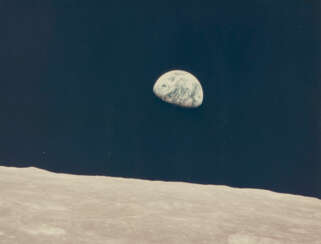

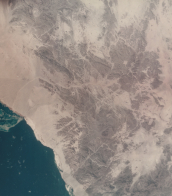
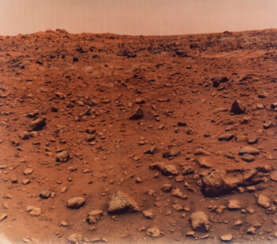

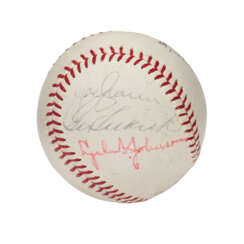

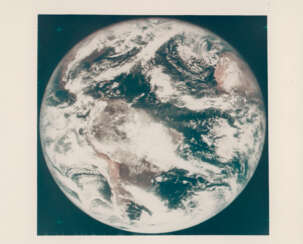



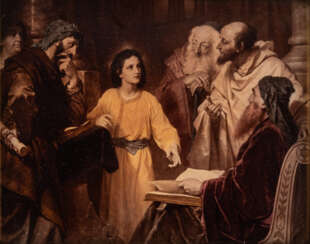

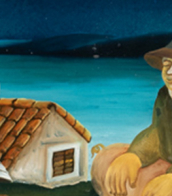
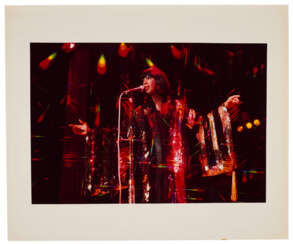


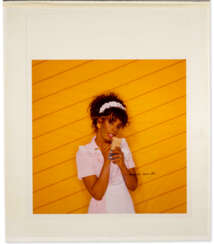

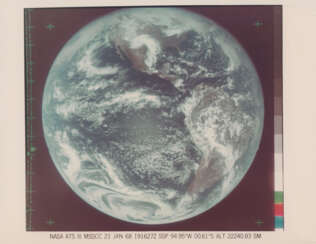



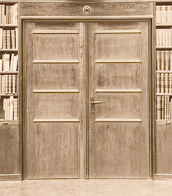
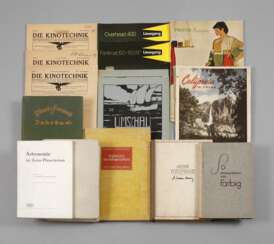

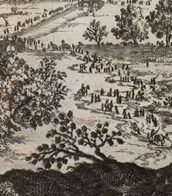







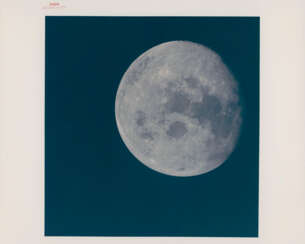



![Telephoto panorama [Mosaic] of lunar rilles; close-ups of brilliant craters; Sunset over Crater Kondratyuk; UV photographs of nearside craters, July 26-August 7, 1971](/assets/image/picture_1220986/b006c/98e28267ce1c78fe82c73d5bd66be2481604656800jpg__fix_374_244.jpeg)
![Telephoto panorama [Mosaic] of lunar rilles; close-ups of brilliant craters; Sunset over Crater Kondratyuk; UV photographs of nearside craters, July 26-August 7, 1971](https://veryimportantlot.com/assets/image/picture_1220986/b006c/98e28267ce1c78fe82c73d5bd66be2481604656800jpg__fix_374_244.jpeg)
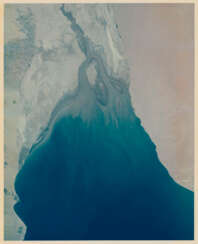

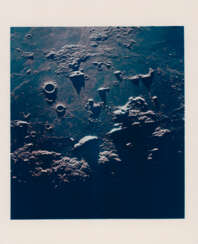

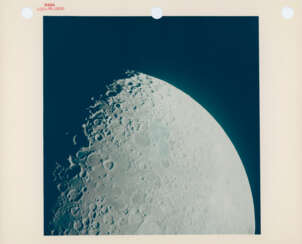

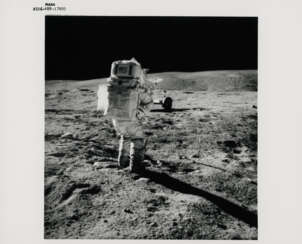

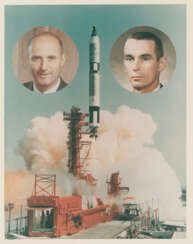

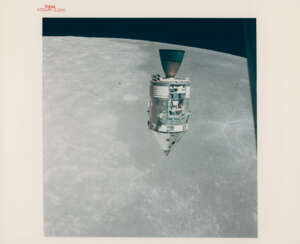

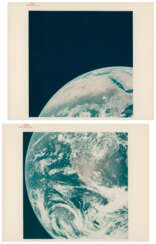

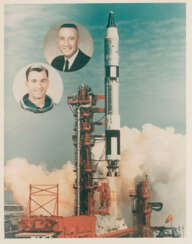

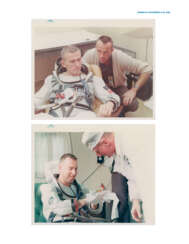

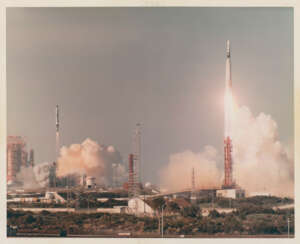

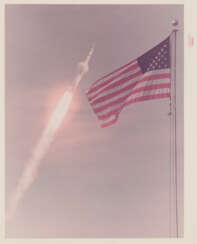



![Launch of the first American unmanned orbital flight [Large Format]; first photograph of Earth from space from a spacecraft in orbit, Mercury Atlas 4, September 13, 1961](/assets/image/picture_1218236/e6eb3/0a63ac65b6ffc8a89ce05cf7080a553d1604656800jpg__fix_374_244.jpeg)
![Launch of the first American unmanned orbital flight [Large Format]; first photograph of Earth from space from a spacecraft in orbit, Mercury Atlas 4, September 13, 1961](https://veryimportantlot.com/assets/image/picture_1218236/e6eb3/0a63ac65b6ffc8a89ce05cf7080a553d1604656800jpg__fix_374_244.jpeg)


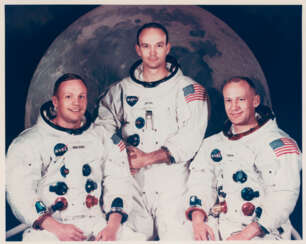



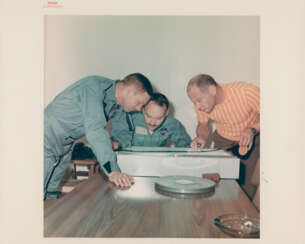

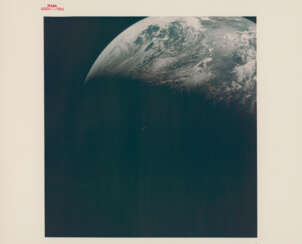



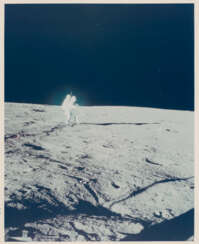

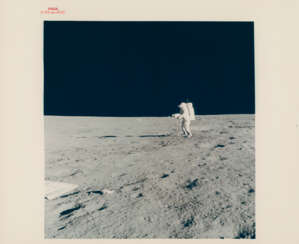

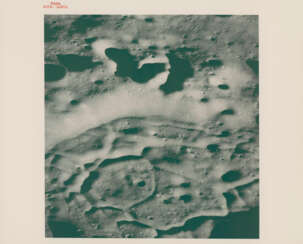







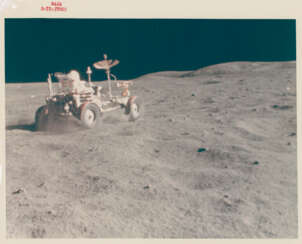

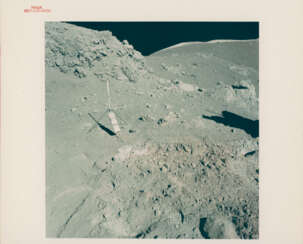

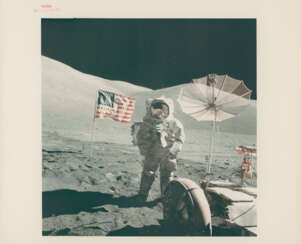

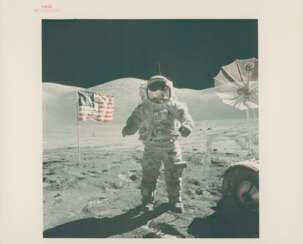

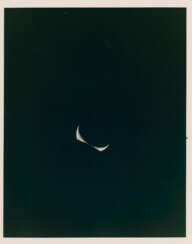

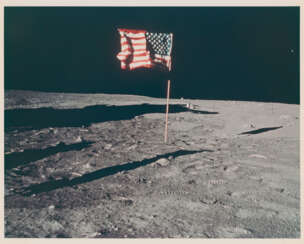

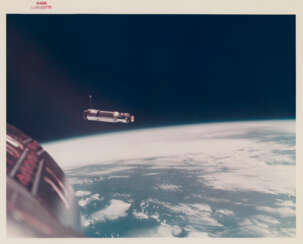

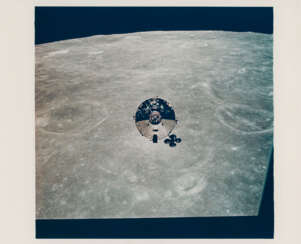

![First human-taken photograph [Large Format] of Earth from space: Earth horizon over the Atlantic Ocean, February 20, 1962](/assets/image/picture_1218276/eb8a8/76c2d62561afd7485ffc3fde5dff11661604656800jpg__fix_374_244.jpeg)
![First human-taken photograph [Large Format] of Earth from space: Earth horizon over the Atlantic Ocean, February 20, 1962](https://veryimportantlot.com/assets/image/picture_1218276/eb8a8/76c2d62561afd7485ffc3fde5dff11661604656800jpg__fix_374_244.jpeg)




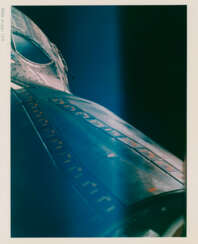

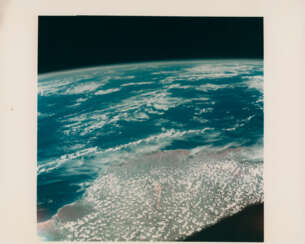

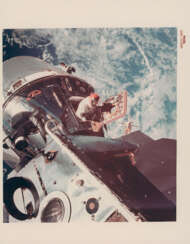

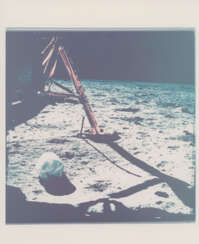

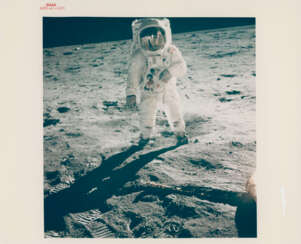

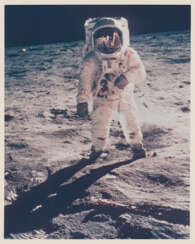

![Portrait [Large Format] of Buzz Aldrin with the photographer and the Lunar Module reflected in his gold-plated visor, July 16-24, 1969](/assets/image/picture_1219997/6f6b7/7099cd05f7076f9cceea3e190bdb9a0a1604656800jpg__fix_374_244.jpeg)
![Portrait [Large Format] of Buzz Aldrin with the photographer and the Lunar Module reflected in his gold-plated visor, July 16-24, 1969](https://veryimportantlot.com/assets/image/picture_1219997/6f6b7/7099cd05f7076f9cceea3e190bdb9a0a1604656800jpg__fix_374_244.jpeg)




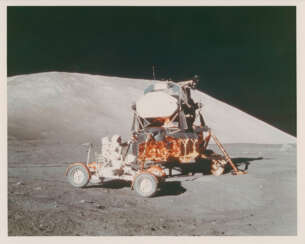

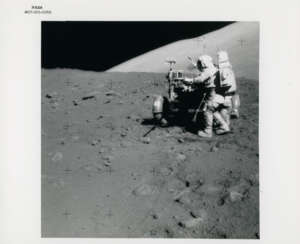

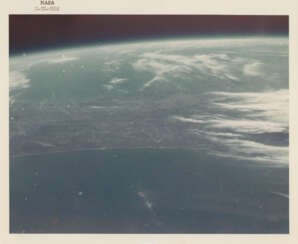

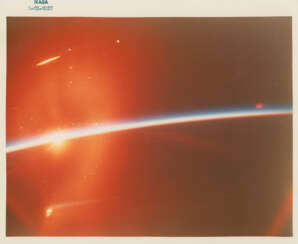



![The first photograph of man in space [Large Format], Ed White’s first American EVA over Hawaii, June 3-7, 1965](/assets/image/picture_1218553/a7393/29a5722d3b5c6ca0c050604cf157f7f41604656800jpg__fix_374_244.jpeg)
![The first photograph of man in space [Large Format], Ed White’s first American EVA over Hawaii, June 3-7, 1965](https://veryimportantlot.com/assets/image/picture_1218553/a7393/29a5722d3b5c6ca0c050604cf157f7f41604656800jpg__fix_374_244.jpeg)
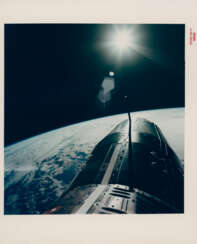

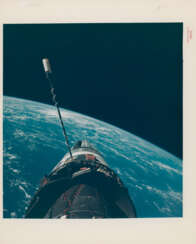



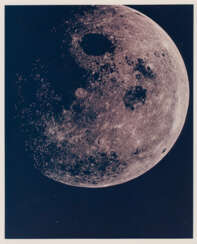

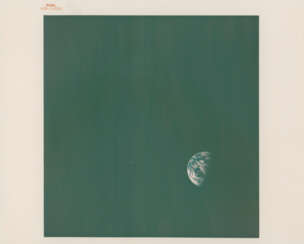





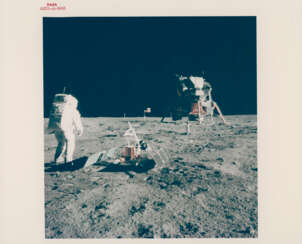

![First photograph [Large Format] of a man on the surface of another world, July 16-24, 1969](/assets/image/picture_1219986/e99f5/6ac09644ac563fc36b93480137d2dab81604656800jpg__fix_374_244.jpeg)
![First photograph [Large Format] of a man on the surface of another world, July 16-24, 1969](https://veryimportantlot.com/assets/image/picture_1219986/e99f5/6ac09644ac563fc36b93480137d2dab81604656800jpg__fix_374_244.jpeg)
![[Large Format] Buzz Aldrin posing for a photograph in front of Tranquillity Base, July 16-24, 1969](/assets/image/picture_1220002/bb9e1/c5106fdc7c4191597b8a59be5a8381b11604656800jpg__fix_374_244.jpeg)
![[Large Format] Buzz Aldrin posing for a photograph in front of Tranquillity Base, July 16-24, 1969](https://veryimportantlot.com/assets/image/picture_1220002/bb9e1/c5106fdc7c4191597b8a59be5a8381b11604656800jpg__fix_374_244.jpeg)
![Far-ultraviolet photograph [Large Format] of the Earth from the Moon’s surface, April 16-27, 1972, EVA 1](/assets/image/picture_1221320/ac17f/19c4c35cc1d9da3efb75ec81f1b014721604656800jpg__fix_374_244.jpeg)
![Far-ultraviolet photograph [Large Format] of the Earth from the Moon’s surface, April 16-27, 1972, EVA 1](https://veryimportantlot.com/assets/image/picture_1221320/ac17f/19c4c35cc1d9da3efb75ec81f1b014721604656800jpg__fix_374_244.jpeg)
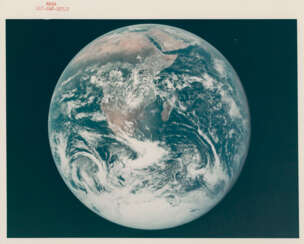

![[Large Format] The “Blue Marble”, the first human-taken photograph of the Earth fully illuminated, December 7-19, 1972](/assets/image/picture_1221700/b7172/100af074a6b8de0e37259c2cf553dc9e1604656800jpg__fix_374_244.jpeg)
![[Large Format] The “Blue Marble”, the first human-taken photograph of the Earth fully illuminated, December 7-19, 1972](https://veryimportantlot.com/assets/image/picture_1221700/b7172/100af074a6b8de0e37259c2cf553dc9e1604656800jpg__fix_374_244.jpeg)




